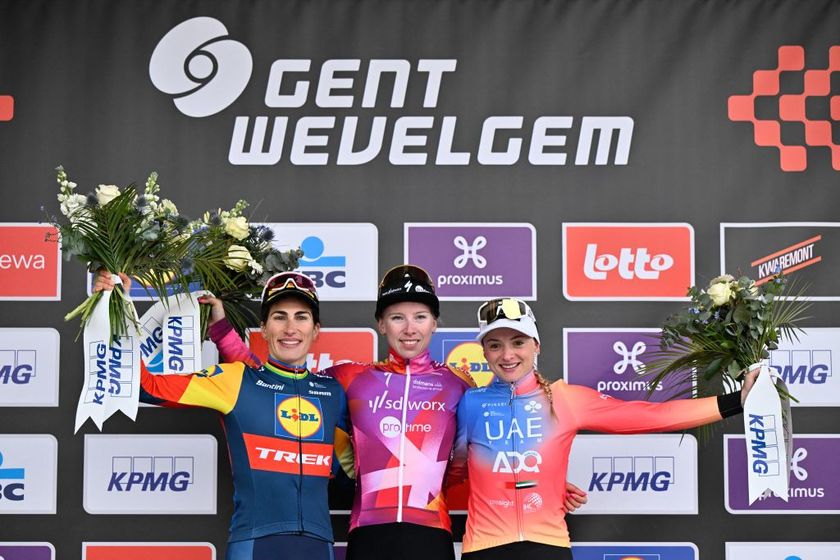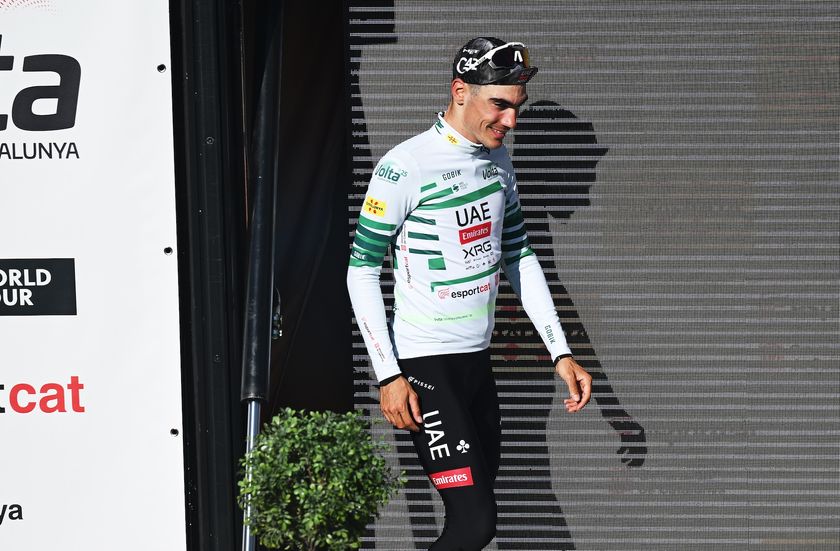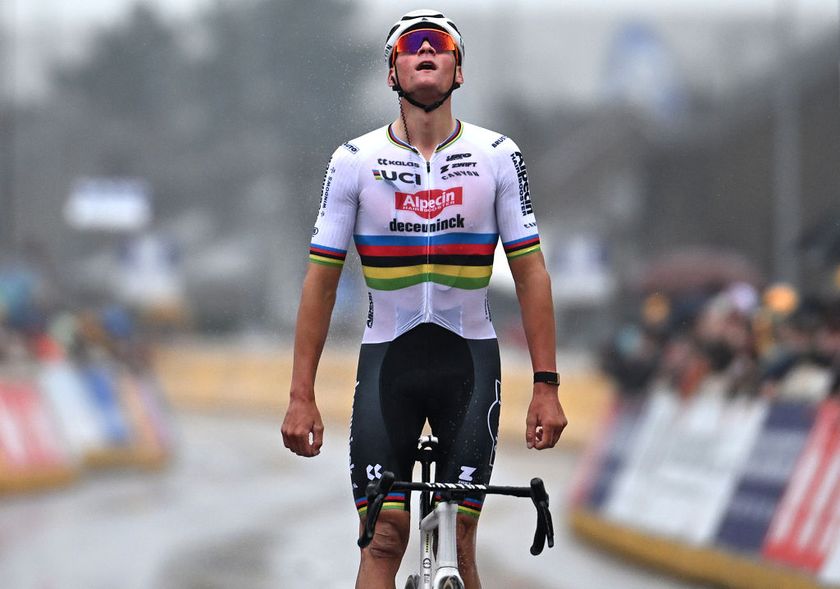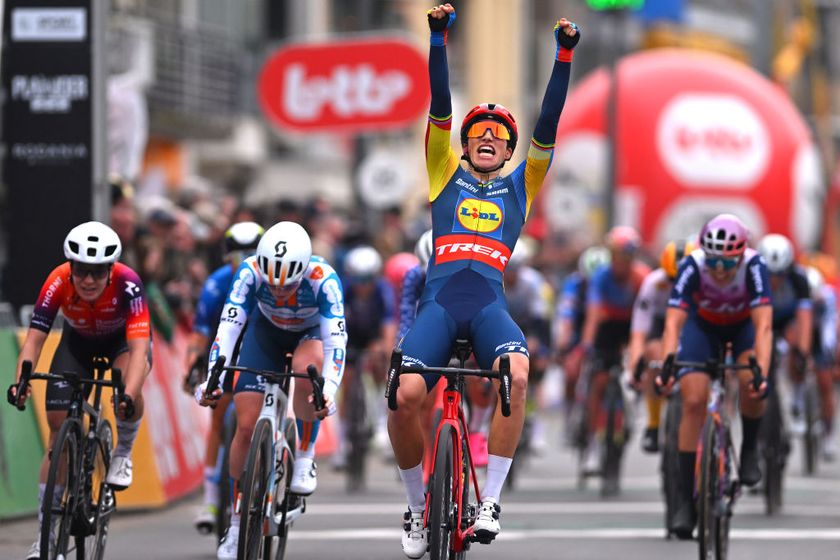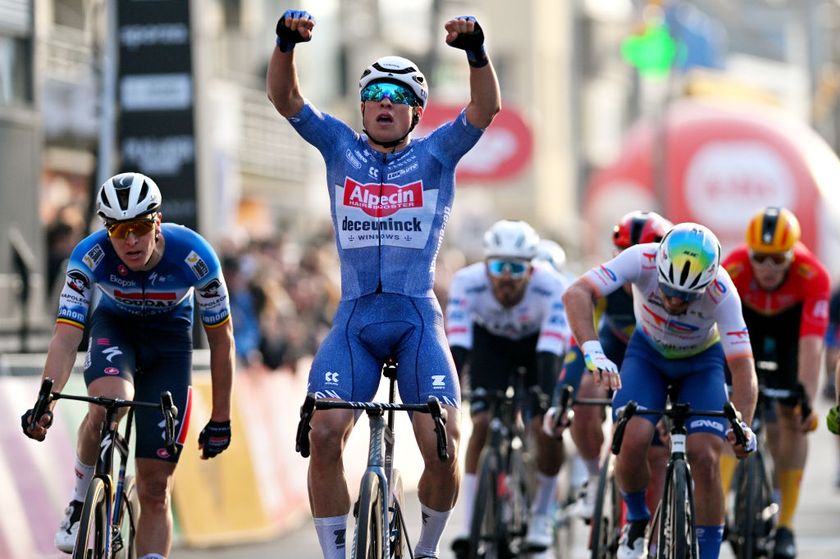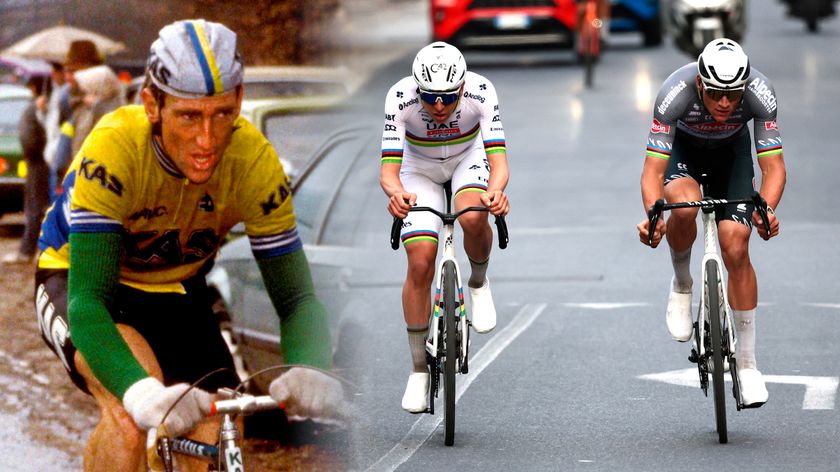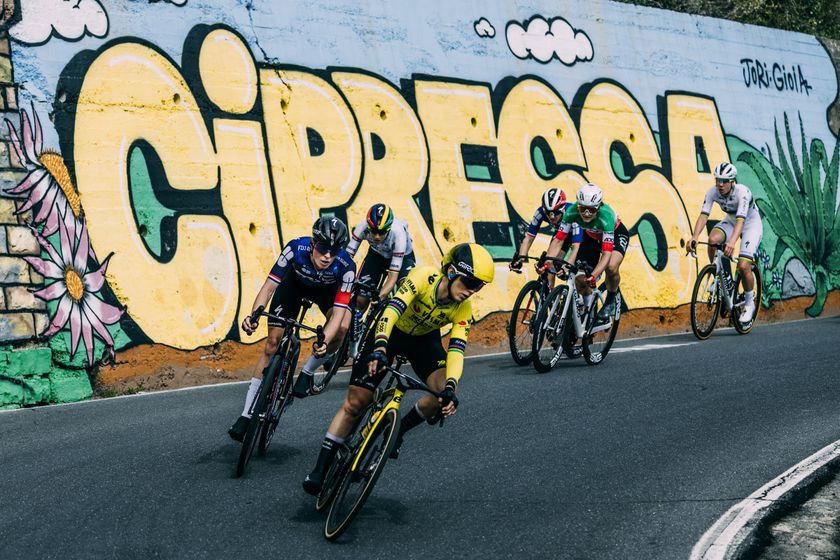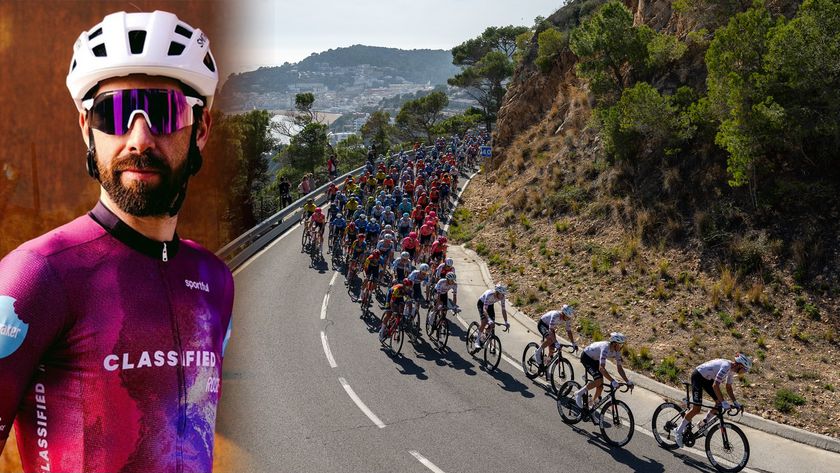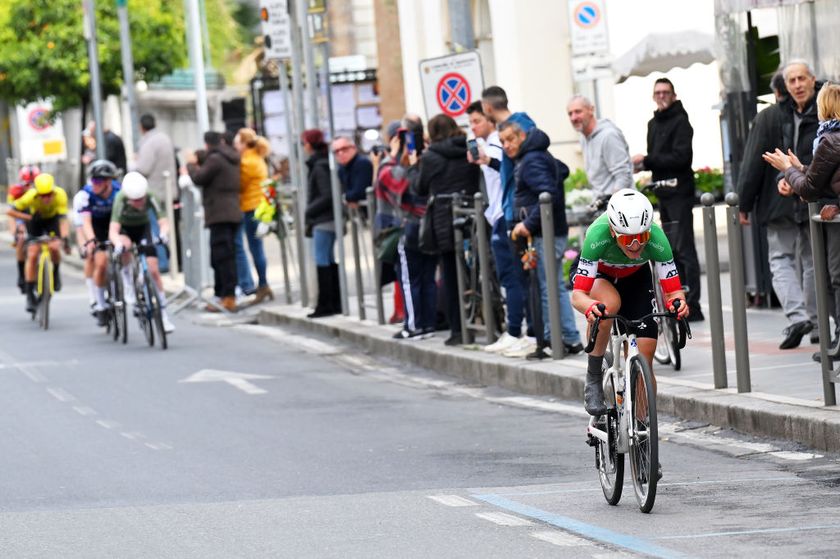Tour de Romandie mountain stage – analysis
A good day of tactical racing for the stage and GC, says Philippa York
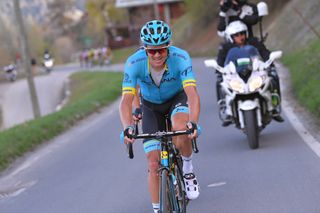
With very few teams happy after the mountain time trial on stage 3, there was always going to be a major fight on the penultimate stage of this Tour de Romandie. This was the queen stage after all.
There were five cols on the menu, and it was the sort of race profile that riders who were willing to commit to aggressive racing would have been crying out for.
The first climb, Ovronnnaz, was sure to see a move, and after a host of failed attempts the break of the day established itself. Sure enough, Thomas De Gendt was present, along with his victims for the day, Hugh Carthy (EF Education First-Drapac), Mikel Nieve (Mitchelton Scott), Andrey Amador (Movistar) and Hermann Pernsteiner (Team Bahrain-Merida).
The Belgian was on a mission for the climber’s jersey, in addition to the points competition he was already involved in. The others were sent out to get in the escape with ulterior motives for the big play that was going to come on the final mountain of the day.
Back in the peloton, and with so many plans still brewing, the break were never going to be given much leeway. And so it proved with the De Gendt quintet only afforded a maximum lead of 2:25. That was always going to be manageable as the bunch set about the final four climbs, with the LottoNL-Jumbo doing the majority of the work to keep things in check. Their objective was to get as far into the stage as possible before having to use up Steven Kruiswijk.
Team tactics came properly into play at this point. Carthy stopped riding as he was waiting for Martinez, and Pernsteiner did the same for Bahrain-Merida. It took a while, but eventually everything came together at the bottom of Les Collons and the theories were looking good. Now all they needed was a minute and a half and they would survive the accelerations from behind.
Carthy and Pernsteiner came through with big turns for their designated leaders, Martinez and Izaguirre, before being dropped, but behind, Team Sky still had troops to chase them down and set up the big showdown between Bernal and Roglic.
Get The Leadout Newsletter
The latest race content, interviews, features, reviews and expert buying guides, direct to your inbox!
This time Roglic struggled to match the initial jump of the Team Sky rider, but he used his experience wisely and didn’t panic. Then Bernal produced his final throw of the dice a kilometre from the top, and that saw the white jersey holder and the race leader blow past the two who were in front, and we had the classic top two on GC together at the summit of the last big climb.
Roglic then must have thought, ‘I’ll ride with Bernal and maybe win the stage and take maximum bonus seconds,’ because he took turns on the front. Normally the race leader would just watch his main rival instead of riding. But they weren’t going to risk crashing on the descent, so Rui Costa, Porte and Fuglsang came back on the descent.
Fuglsang was caught behind Porte, who was a bit more circumspect than the others, and found himself with 50 metres to close when they came into the small village at the bottom. As is customary, if you caused the gap then you need to close it, so Fuglsang left Richie to struggle to regain contact with the first three, and then just as Rui Costa sat up, not willing to drag Roglic and Bernal along, Porte got back on and freewheeled. This was the perfect moment to counter, and the Dane couldn’t have timed it better. It was textbook.
The three GC riders had no real interest in chasing as they risked losing out in the sprint, so they worked just enough to not be caught by the second group. That made life easier for Roglic in the contest with Bernal, no jockeying for position would be needed as all he had to do was come off Bernal’s wheel to increase his lead.
Philippa York is a long-standing Cyclingnews contributor, providing expert racing analysis. As one of the early British racers to take the plunge and relocate to France with the famed ACBB club in the 1980's, she was the inspiration for a generation of racing cyclists – and cycling fans – from the UK.
The Glaswegian gained a contract with Peugeot in 1980, making her Tour de France debut in 1983 and taking a solo win in Bagnères-de-Luchon in the Pyrenees, the mountain range which would prove a happy hunting ground throughout her Tour career.
The following year's race would prove to be one of her finest seasons, becoming the first rider from the UK to win the polka dot jersey at the Tour, whilst also becoming Britain's highest-ever placed GC finisher with 4th spot.
She finished runner-up at the Vuelta a España in 1985 and 1986, to Pedro Delgado and Álvaro Pino respectively, and at the Giro d'Italia in 1987. Stage race victories include the Volta a Catalunya (1985), Tour of Britain (1989) and Critérium du Dauphiné Libéré (1990). York retired from professional cycling as reigning British champion following the collapse of Le Groupement in 1995.


